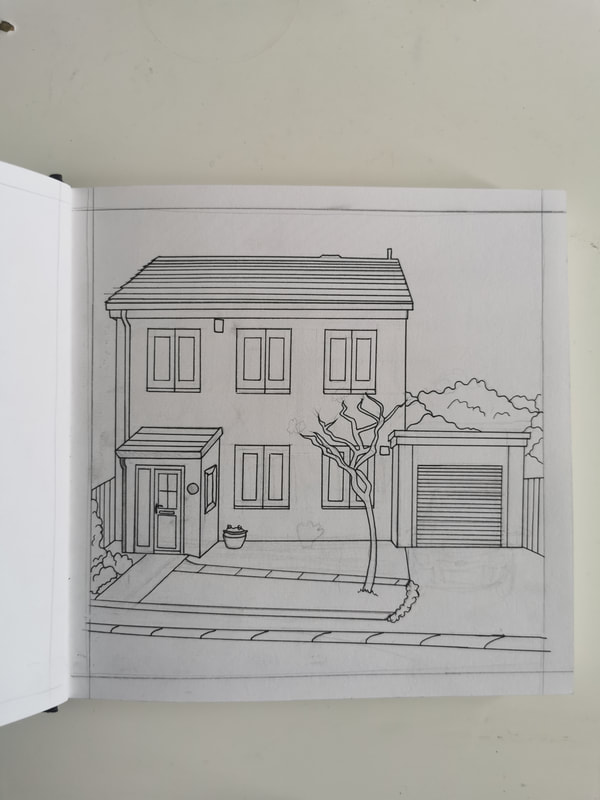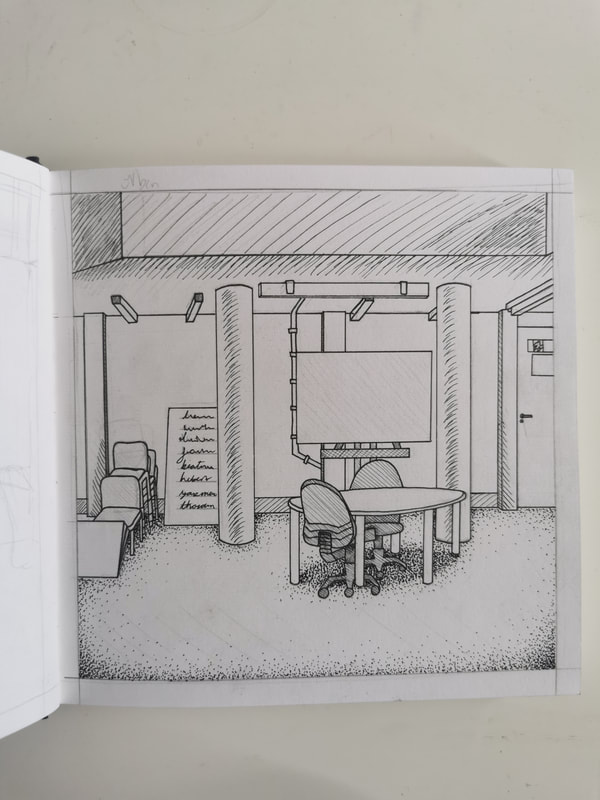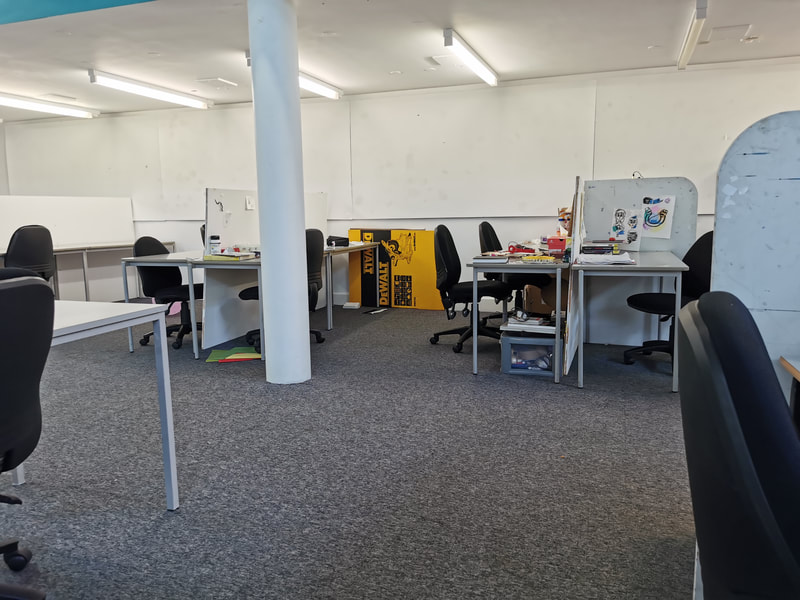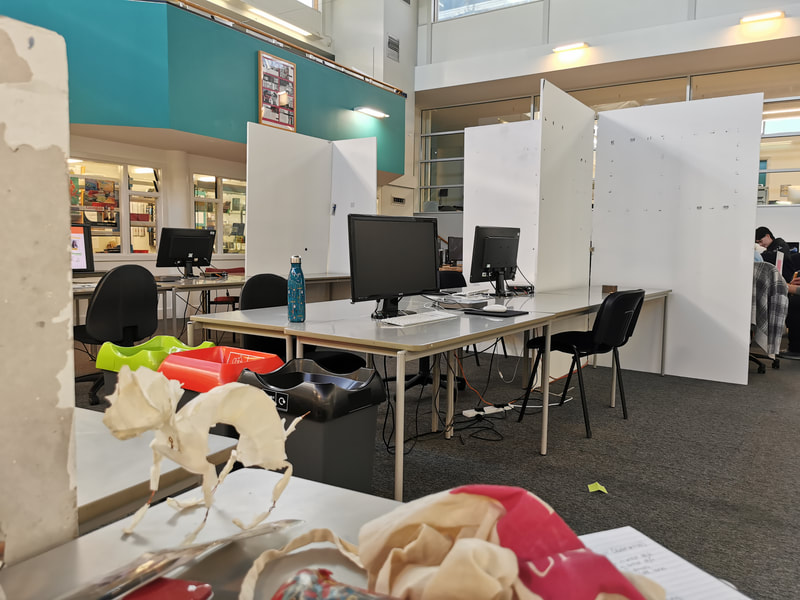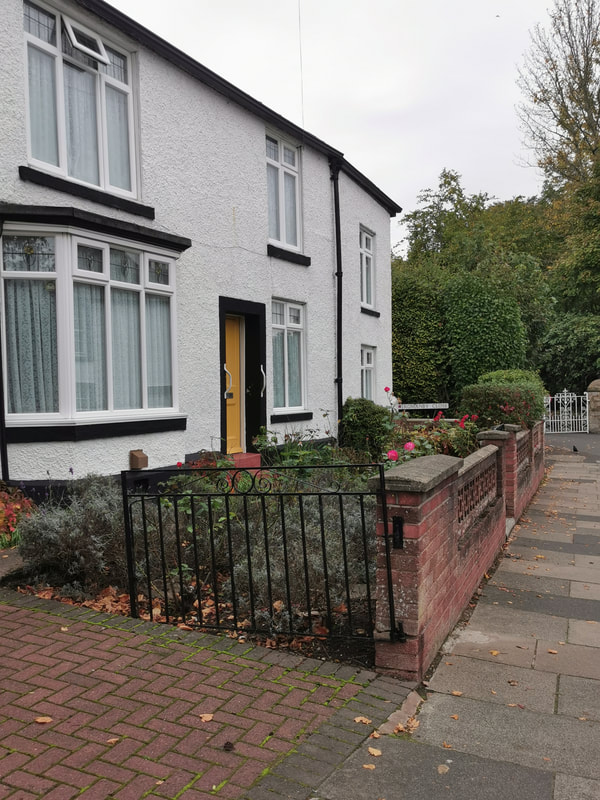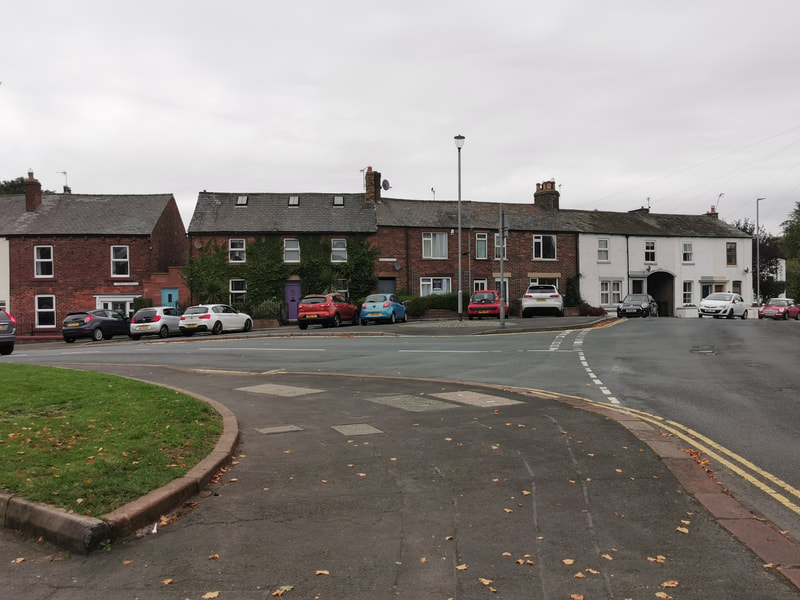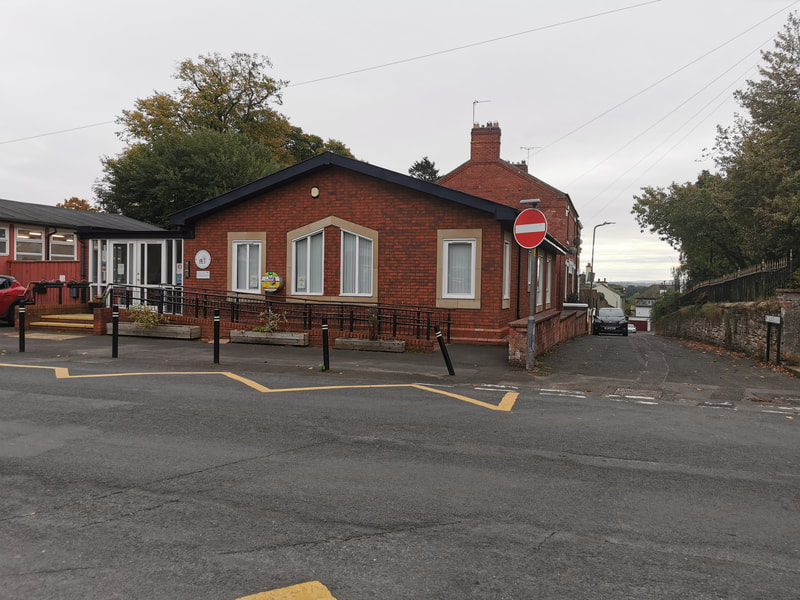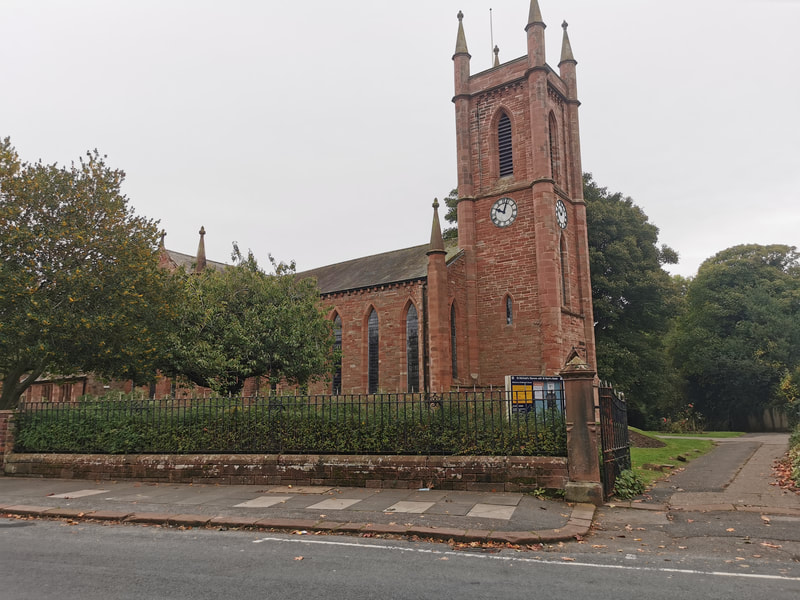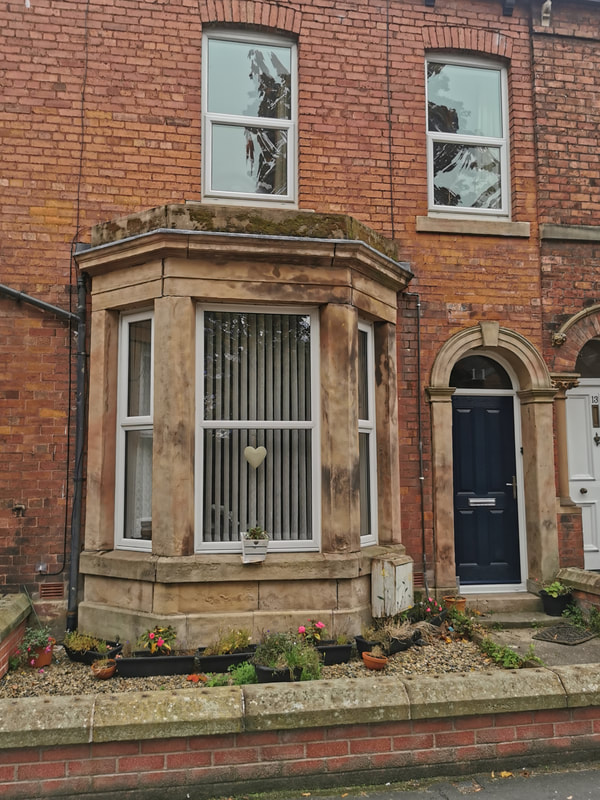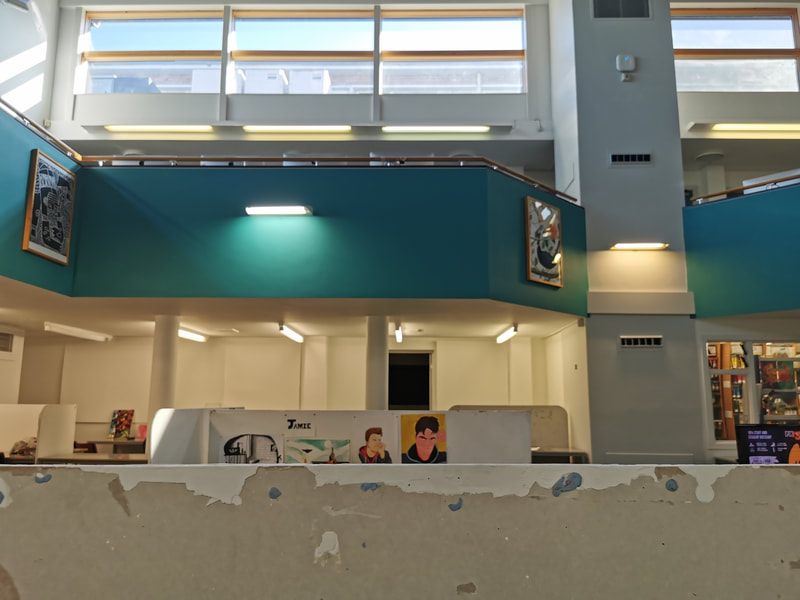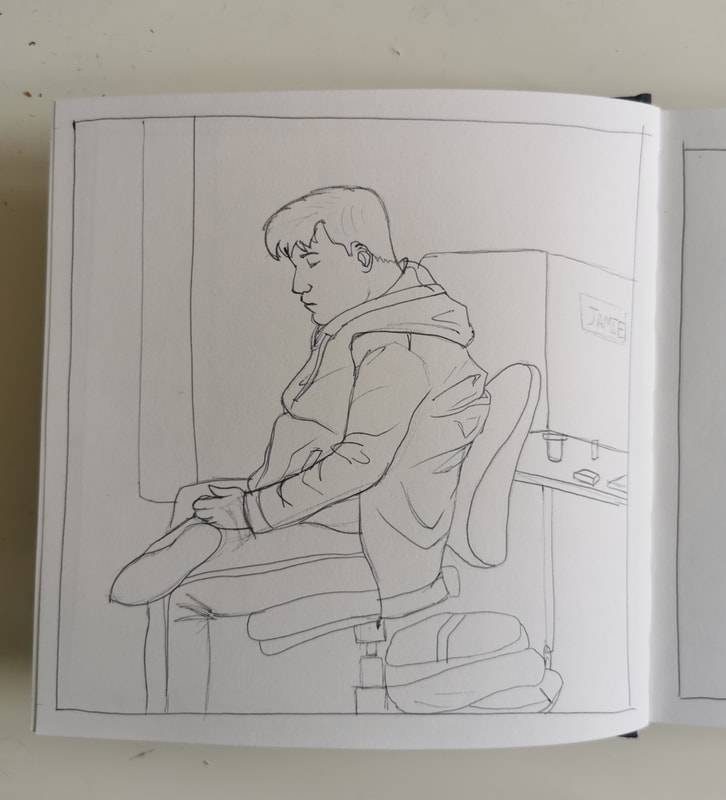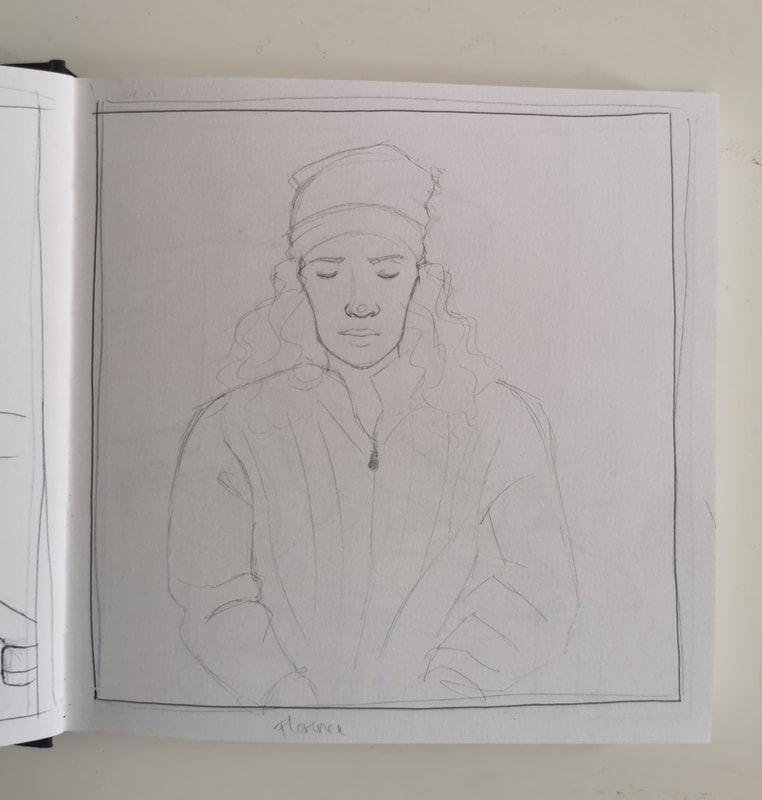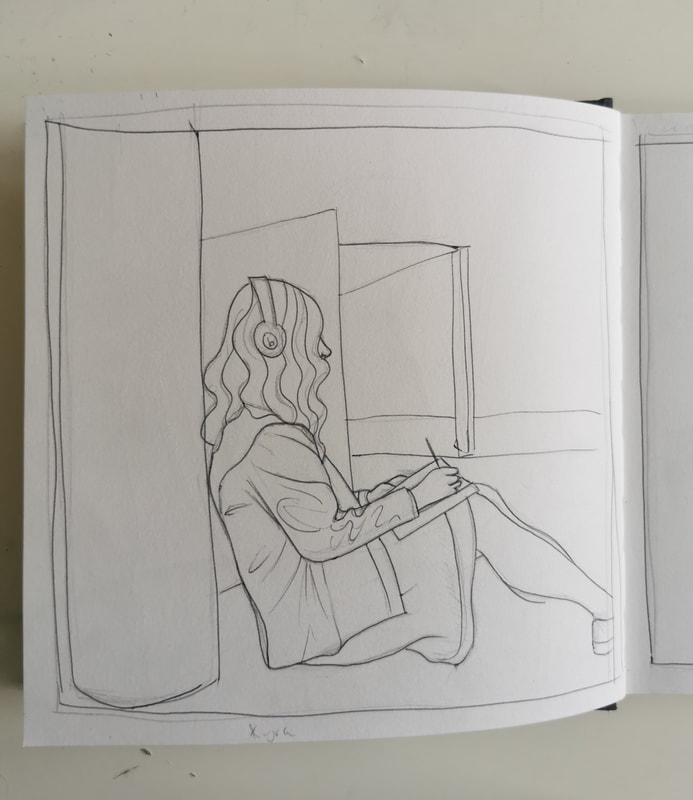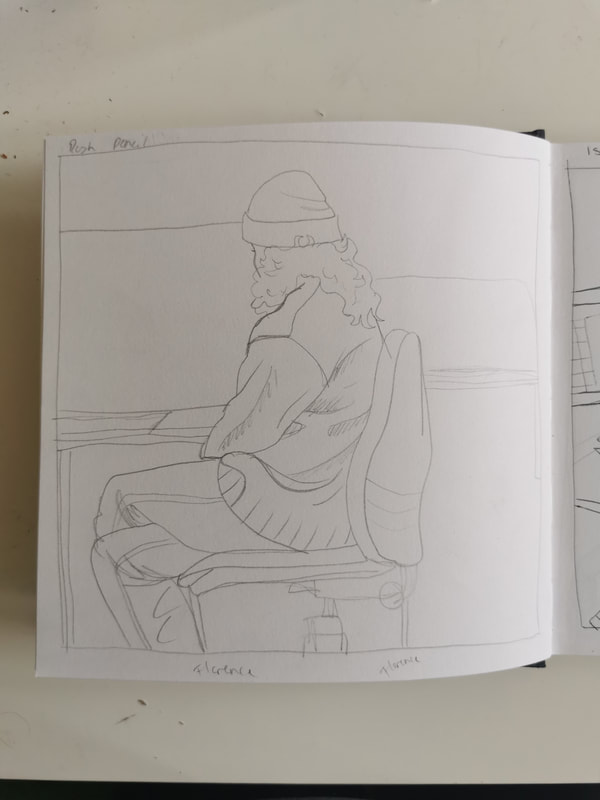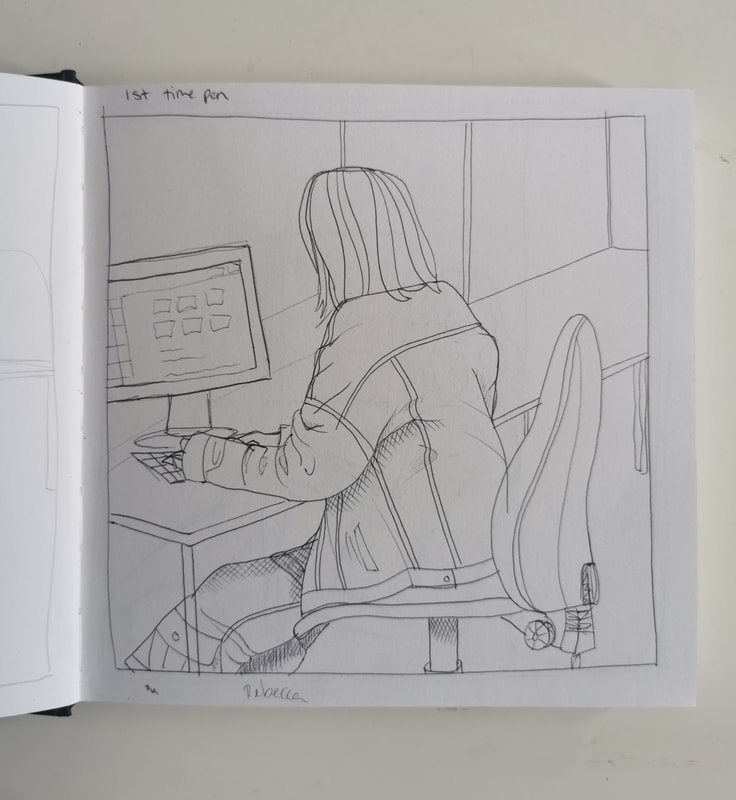Week 1
Inspirational artists
Martin Sailsbury
Predominantly a children's book illustrator, Martin Sailsbury is now an illustration professor at Cambridge School of Art. He predominantly illustrates building and moments of still life, such as an abandoned villa or a sketches of people out in "the wild. In these sketches, he has utilised both coloured pencils and watercolours for his sketchbook work.
Ian Sidaway
Ian Sidaway is a member of the Royal Institute of Painters in Watercolour. He predominantly paints landscapes, including buildings and scenes of nature, all of which are completed in watercolours. He has great command over his chosen medium, and often works in washes of paint to portray his subject matter.
Anna Bezgodova
Anna Bezgodova is an artist who works mostly in watercolours and fine liners in her sketchbooks. She portrays scenes of nature, botanicals of flowers, fruit and flora, in washes of blocks of colour that she then refines with her pen work.
Kiyeon Kim
Kiyeon Kim is a architectural designer and illustrator who predominantly draws urban sketches. He uses soft watercolour washes to bring contrast to his fine liner drawings, alomg woth come use of coloured pencils to hatch in shadows. Though his linework isn't the most precise, they still evoke a cheerful and simple feel to his illustrations.
Reflection
One strength of my work is that I am skilled at portraits, and am becoming better at illustrating the human form. However, a weakness of mine is that I spend too much time on a piece of work in an attempt to make it "perfect" and can often overwork my pieces.
I need to improve on my still life skills, and focus on speeding up my process and being less precious with my work. I would like to try out more paints in my work, but I am not as confident with them as I would like, so more practice is needed.
I need to improve on my still life skills, and focus on speeding up my process and being less precious with my work. I would like to try out more paints in my work, but I am not as confident with them as I would like, so more practice is needed.
Week 2
Urban Sketching
Urban sketching is essentially the art of drawing on location, wherever you live or wherever you are. There's an online community of urban sketch artists of all skill levels, all over the world, who share their work and their stories.
|
|
|
Santi Sallés
((((( Write here about artist )))))
|
|
|
|
|
|
Brief
Draw your world. Working in your sketchbooks and inspired by your research, get out into the world and draw You don't have to go far. What's the front of your house like? What about your neighbour? What about your entire street? As well as delivering your outcomes, how might you record and share some of your process? Creating a sense of narrative can elevate work.
References
Week 3
Life Drawing
Research -
Begin by undertaking some research into the world of 'Wild Life Drawing' (my term, so don't bother searching for it). You'll see that it's as varied as any other form of drawing. If you're picturing impeccably accurate academic drawings of the human form, think again; but, at the same time, you should recognise the need for a certain level of understanding and awareness of the human form that is required to work quickly and loosely whilst conveying personality, mood, action and, quite simply, your subject being alive.
Look for drawings that convey a sense of the moment, consider how the environment has been incorporated in order to create a relatable, real-world scene.
Begin by undertaking some research into the world of 'Wild Life Drawing' (my term, so don't bother searching for it). You'll see that it's as varied as any other form of drawing. If you're picturing impeccably accurate academic drawings of the human form, think again; but, at the same time, you should recognise the need for a certain level of understanding and awareness of the human form that is required to work quickly and loosely whilst conveying personality, mood, action and, quite simply, your subject being alive.
Look for drawings that convey a sense of the moment, consider how the environment has been incorporated in order to create a relatable, real-world scene.
|
|
|
|
Practical
Working in your sketchbooks and inspired by your research, get out into the world and draw (whilst observing social distancing, mask wearing etc). You don't have to go far.
As with everything we do, the more you put in the more you get out, so if all of your drawings are of your flat mates sitting in your living room, that will reflect badly on you.
Avoid working from photos - all the things that make drawing people difficult are the exact things which make your drawings more interesting and unique. By working from photos you remove these difficulties and the opportunities they provide.
As well as delivering your outcomes, how might you record and share some of your process? Creating a sense of narrative through your presentation can elevate work.
Site powered by Weebly. Managed by 34SP.com
